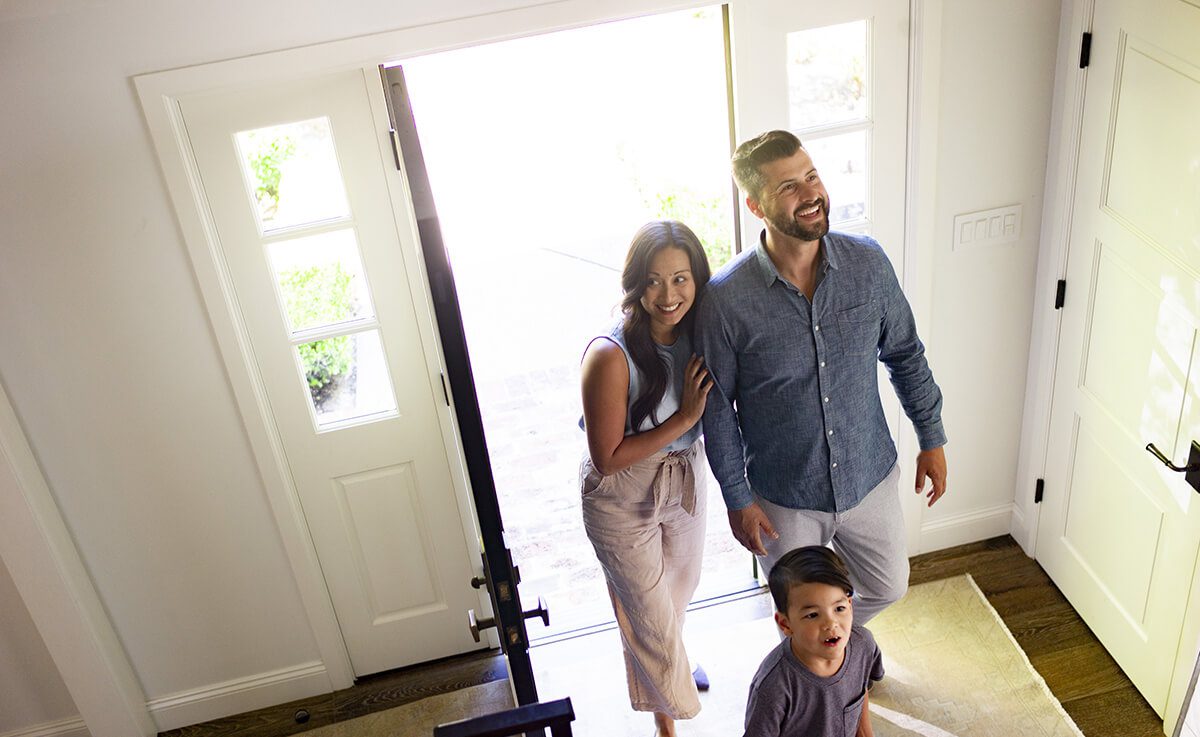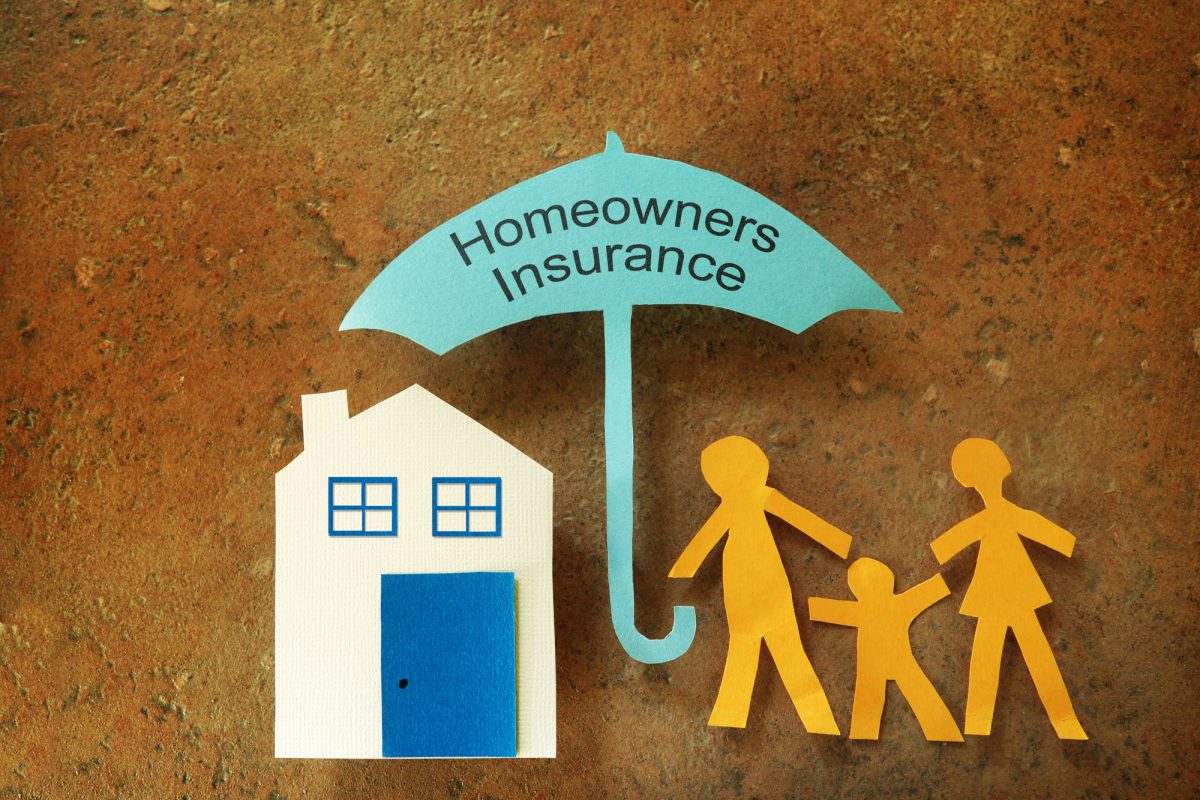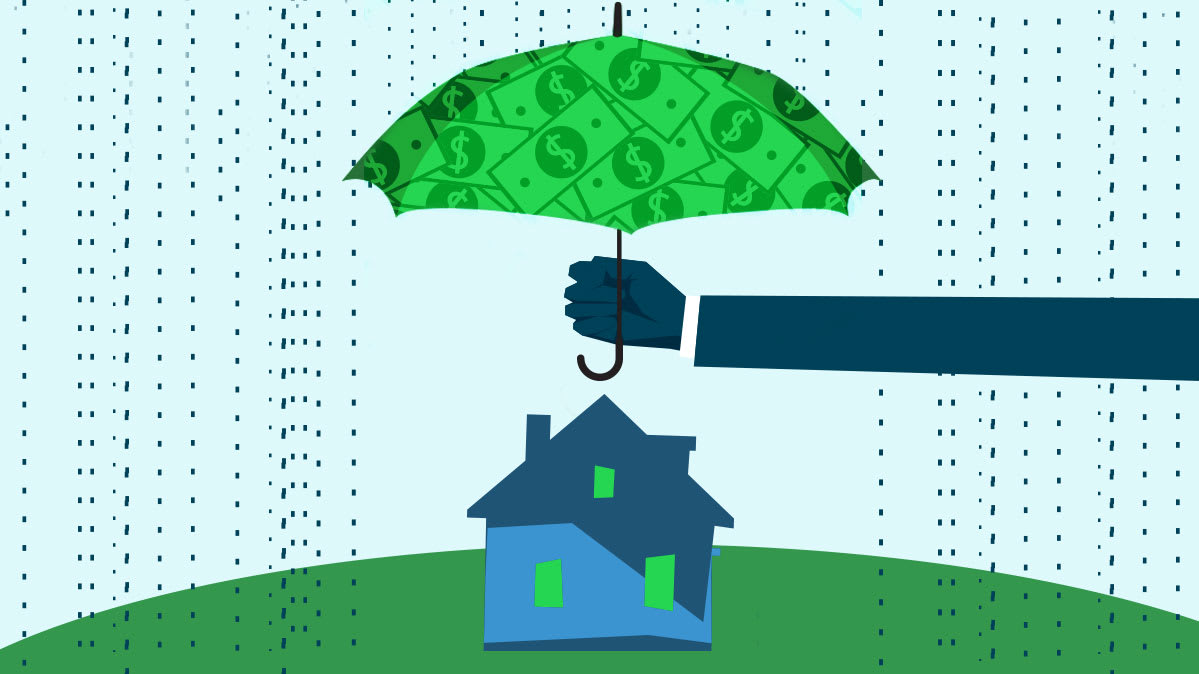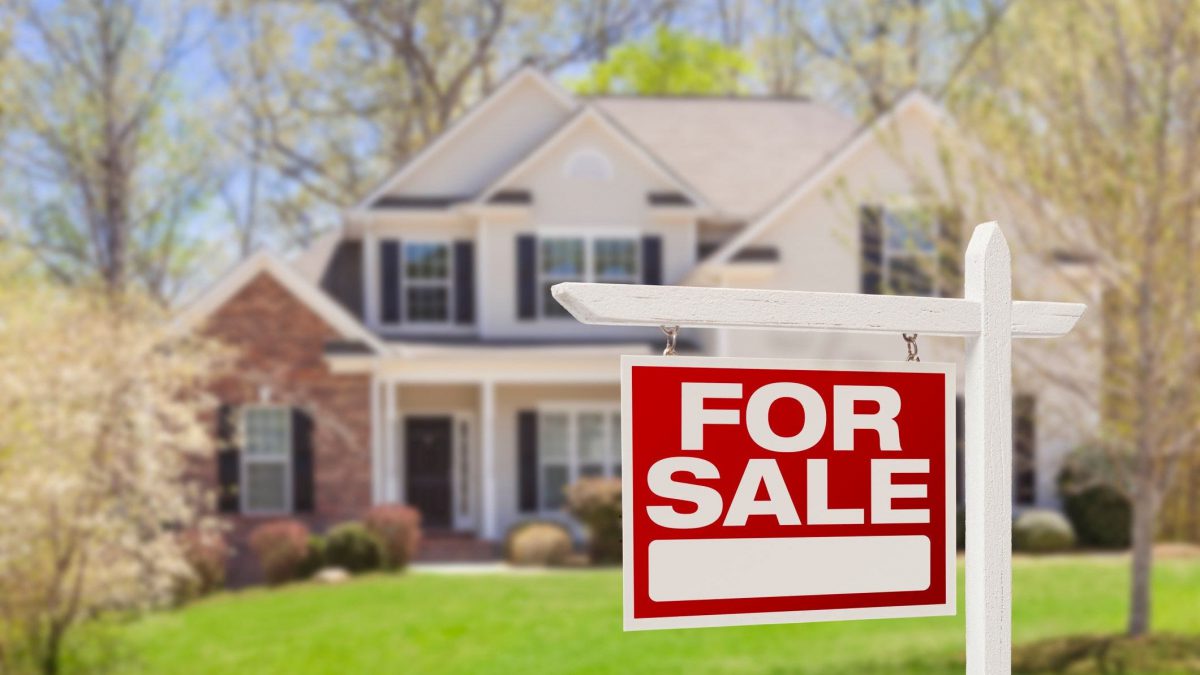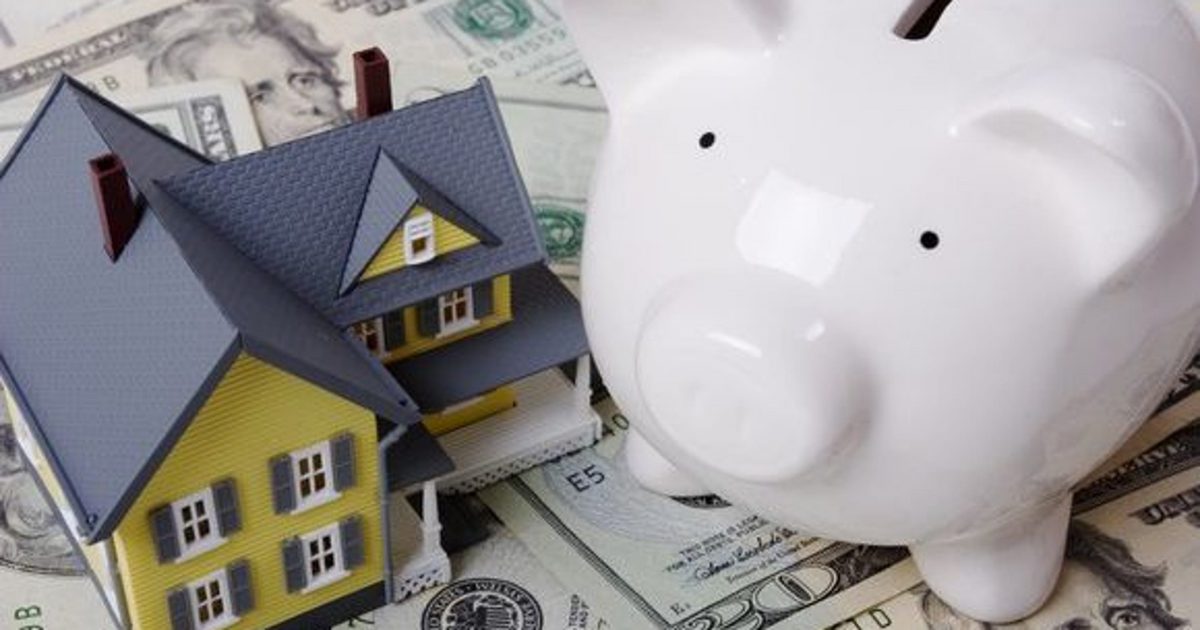It’s normal to be cautious when you’re shopping for a home. After all, a house is a huge investment, and you’ll want to be sure that you’re making the best decision possible. How you’ll know that you’ve found the right property can vary by person. Some people have gut instincts. Others may need more convincing. Some indicators can tell you if you’ve found the right property for you.
It can be as simple as a strong tug because the place reminds you of another in your past where you felt happy, and you’ll realize that right off the cuff. But the tell—or tells—could be a bit more subtle.
-
- You feel defensive about the house. Maybe your agent points out a flaw or two or five and says, “There’s a stain in the kitchen sink” or “I’d update this, this, and this.” It could be a sign that you’re falling for the house if you find yourself getting defensive, sort of like the place is already yours. Just try to keep in mind how difficult (or not so difficult) it will be to remedy those flaws if you eventually find that you just can’t live with them.
- You want to go inside the house. Part of the excitement of looking at homes is not knowing which could be your new home when you pull up to the curb. Is it the one on the left, or does the place on the right strike your fancy? If it’s the house on the right and you like it better than the home on the left, that could be a sign. Something about this house appeals to you. First impressions are everything.
- You can’t wait to brag about it. Did you already snap a few photos and post them on Instagram? Did you text your mom about the house or hop on that group chat to tell your friends? You might have found the one if you’re feeling excitement after your first tour of the place.
- The house embraces you the moment you enter. You’ll know within about three seconds of entering whether the feels warm and comforting. Does it seem to speak to you? Does it invite you to explore? Does it feel like home? If so, it probably is.
- You don’t feel funny in the bathroom. Sometimes buyers feel so uncomfortable near a bathroom that they won’t walk into the room. They’ll stand outside, grab the door frame, and poke their heads in for a minute. This is your home if you walk into the bathroom and feel compelled to open the shower door or stroke the vanity marble.
- You begin to envision the furniture arrangement. This might be your house if you walk into the master bedroom and can immediately envision your bed against a particular wall. You’re already hooked if you find yourself thinking that the living room window is a perfect spot to put a tree come Christmas. Or maybe you can already see yourself driving up the street, heading home after a hard day at work. There’s a neighbor across the street throwing a frisbee to a dog, and it occurs to you that they might be people you’d like to know. Neighborhood counts as much as furniture placement.
- You want to stop looking at other homes. All the other homes you’ve been looking at no longer appeal to you. You compare each new property you visit to this one, and they’re not measuring up. The homes you had previously rated a “No. 2” have now fallen to a “No. 8” rating because they just pale in comparison to this one.
- You’re already planning to go back. If you got in the car, chatted with your spouse, and immediately planned your next visit to the property before you even left the driveway, you’re a goner. You want to see it at a different time of day or take your mom or best friend with you the next time. Ask your agent to send over the seller’s disclosures to make sure it’s in top condition. You should probably start discussing offers, too, because you’ve probably found your house.
- It checks the most important boxes. The property might not have every amenity on your want list, but it meets the basic requirements. It has the number of rooms and space you need. Maybe it doesn’t have a garage, and you realize in a flash of enlightenment that buying a house with a garage is really not that important after all. You realize you could build a garage if it turns out you really do want one. Sudden urges to be flexible are a good sign that you’re in the right place.
Can You Sleep on It?
It’s important to act fast once you’ve found that perfect property. It might still be tempting to “sleep on it,” but that could be a big mistake.
Shuffle your feet, lose your seat, as the saying goes. It’s almost a given that you’re not the only homebuyer looking for a house with your specific criteria. Someone else could buy that home right from under you while you’re in bed counting sheep.
Housing markets are often highly competitive, so time can be of the essence when you find a property you like.
Most of the time, you can trust your instincts. You should probably submit an offer if you like a property and it’s in your price range. Talk to your agent, your spouse, or a trusted loved one and get guidance if you’re not sure, but acting quick is critical.
Don’t Overlook the Basics
Maybe you don’t want to sleep on it. Maybe you want to call the moving company now. Do be realistic in your fervor to have the house.
Don’t be tempted to slide outside your budget and what housing expenses it can reasonably accommodate. Check out the schools if you have children, and consider how long it’s going to take you to commute to work. Will that grow old if the house is some distance from your place of employment?
A home is a long-term decision. Be passionate…but treat it like one.
